Porshe 911 RSR
Benefits
- Excellent build quality
- Compatible with many DD bases
- Excellent ergonomics
Disadvantages
- High price
Our rating : 9.8/10
The Grid Engineering brand has been making sim-racing peripherals for several years, but at a rate that’s rather low compared with the competition. While this manufacturer offers high-quality, pre-mium and very elitist equipment, its catalog features only a few entries.
Recently, Simlab acquired Grid Engineering, adding a brand that manufactures steering wheels under its umbrella. This expands Simlab’s catalog to include wheels and other sim-racing equipment, further enhancing the manufacturer’s ecosystem.
Among the products offered by Grid Engineering is the Porsche 911 RSR, an official replica of the steering wheel fitted to the cars of the same name. Today, it’s on our sim-racing setup for a full test to find out what it’s all about.
Main and technical features of the steering wheel
- 30 cm diameter with a rectangular shape, typical of endurance/GT and Formula racing.
- Rear hub with 6×70 mm pattern can accommodate virtually any QR
- 50 mm spacer supplied with steering wheel
- 5” display on front panel
- Downward-opening TPU handles
- 5 mm-thick carbon fiber faceplate
- 20 controls in all on the front of the steering wheel, with switches, buttons and rotary controls
- 6 adjustable magnetic rear paddles
- Aviation socket on rear of steering wheel for secure connection to PC
- Simhub and PC compatible only
- RevLED around the central display
Design
Porsche often means a beautiful steering wheel, and Grid’s 911 RSR is no exception. The 30 cm diameter wheel is entirely rectangular, making it perfect for endurance, GT and Formula racing.
In the center is the huge 5″ color screen displaying telemetry data, with the Porsche logo just below. This screen can be configured to display different dashboards, depending on your preferences.
All the buttons on the 911 RSR are RGB, so they can be configured via software for LEDs, and even the edges of the rotors are illuminated. I think it’s a very handsome steering wheel, perfectly suited to the disciplines for which it will be used.
Customized assembly
As with many high-end flywheels, the 911 RSR uses the standard 6×70 mm pattern at the rear to accommodate hubs and QRs. This allows the wheel to be used with bases from Fanatec, Simagic, Moza, Simucube, Asetek and many others, provided you have the QR to match.
Depending on the device you’ve chosen, i.e. the base, mounting the 911 RSR may differ slightly. The good thing about this steering wheel is that you already have a spacer that comes with the wheel, and this allows you to space the wheel an extra 50 mm apart, i.e. to have the steering wheel closer to you, which can be useful in certain disciplines. Also, all the nuts and bolts and tools needed to install the QR are already included with the 911 RSR.
Manufacturing and finishing
In terms of build quality, the 911 RSR uses aluminum for its entire structure, as well as carbon fiber for the front panel, which is 5 mm thick. As for the structure, it’s top-notch in every respect, both on the visible and invisible parts.
As for the rest of the steering wheel, the assembly is just perfect. You won’t notice any protruding or misaligned parts, or any other manufacturing defects. Even if it’s not really noticeable, the faceplate is made of carbon fiber.
Let’s move on to the finish. Aluminum and carbon fiber are superbly machined, as are the controls on the faceplate and the aluminum paddles at the rear. The buttons on the front don’t catch on use, nor do the switches and rotary controls.
Handling the steering wheel
With a diameter of 30 cm and a rectangular shape, the grip on this Grid steering wheel is very good. Admittedly, it’s a little big for small hands, or even those of average size, and you’ll have a bit of trouble accessing all the controls on the faceplate.
As for grip, the handles are superb, in TPU, which is standard for shuttlecocks in this category, by the way. They’re just the right thickness for your thumbs, which won’t cause any discomfort during prolonged use, especially when your hands are in the 09H15 position.
Another plus point is the rear paddles. There are 6 in all, two of which are Push-Pull if you like F1 racing. What’s more, the paddles are adjustable in spacing, which should help people with small hands, or even those looking for better ergonomics.
Sensations during play
Let’s take a look at the sensations provided by Grid’s 911 RSR. First of all, you’ll feel that this steering wheel grips superbly well, especially the grips and their moldings. The grip on the handles is sublime, offering a very high level of grip thanks to a material that prevents your hands from slipping. What’s more, you can use this steering wheel with or without gloves.
The 911 RSR’s steering wheel is a tad heavy, due to its aluminum rather than carbon fiber structure. And if you add the 50 mm spacer and the QR, you’re looking at 2 kilos. I haven’t weighed this wheel, I confess, but when you put it in your hands with all its accessories, it’s pretty heavy. You’ll need a base that pushes at least 12nm of torque to get the most out of it.
The steering wheel is configured using SimHub, and the wheel is natively supported by this software. You can manage every aspect of the steering wheel, from the LED buttons to the screen and its dashboards, not forgetting the paddles.
The screen displays telemetry data, which can be very useful if you don’t have a dashboard on your setup. You’ve got to like it, yes, and I’m not so sure about that. If your setup is purely Formula or endurance, you probably won’t have a screen on it, and the 911 RSR’s will come in very handy in these situations.
Compatibility
Unsurprisingly, Grid’s 911 RSR is compatible only with the PC platform, under Windows. SimHub supports this wheel natively, and the list of compatible bases depends only on the hub you’re going to use. In other words, the 911 RSR wheel can be used with virtually any Direct Drive base available on the market.
Value for money
Well, that’s going to sting the bank account. Expect to pay almost €2,300 for the pleasure, and above all the honor, of using it for sim-racing. I know, it’s very expensive for a steering wheel, and it’s clearly part of the very high-end range offered by manufacturers of simulation peripherals.
This wheel is aimed at a very specific audience of virtual racers, who can afford such a wheel. For the average rider, this wheel is just too expensive. But for purists, the value for money isn’t too bad.
My verdict
Grid Engineering has become accustomed to very high-end sim-racing peripherals, and the 911 RSR is no different. With its premium materials, simply perfect controls and racing-car ergonomics, this wheel ranks right up there with the best sim-racing wheels.
If you can afford it, and you love GT, endurance or Formula racing, buy the 911 RSR. You’ll probably look no further, unless Grid comes out with a replacement for the 911 RSR.

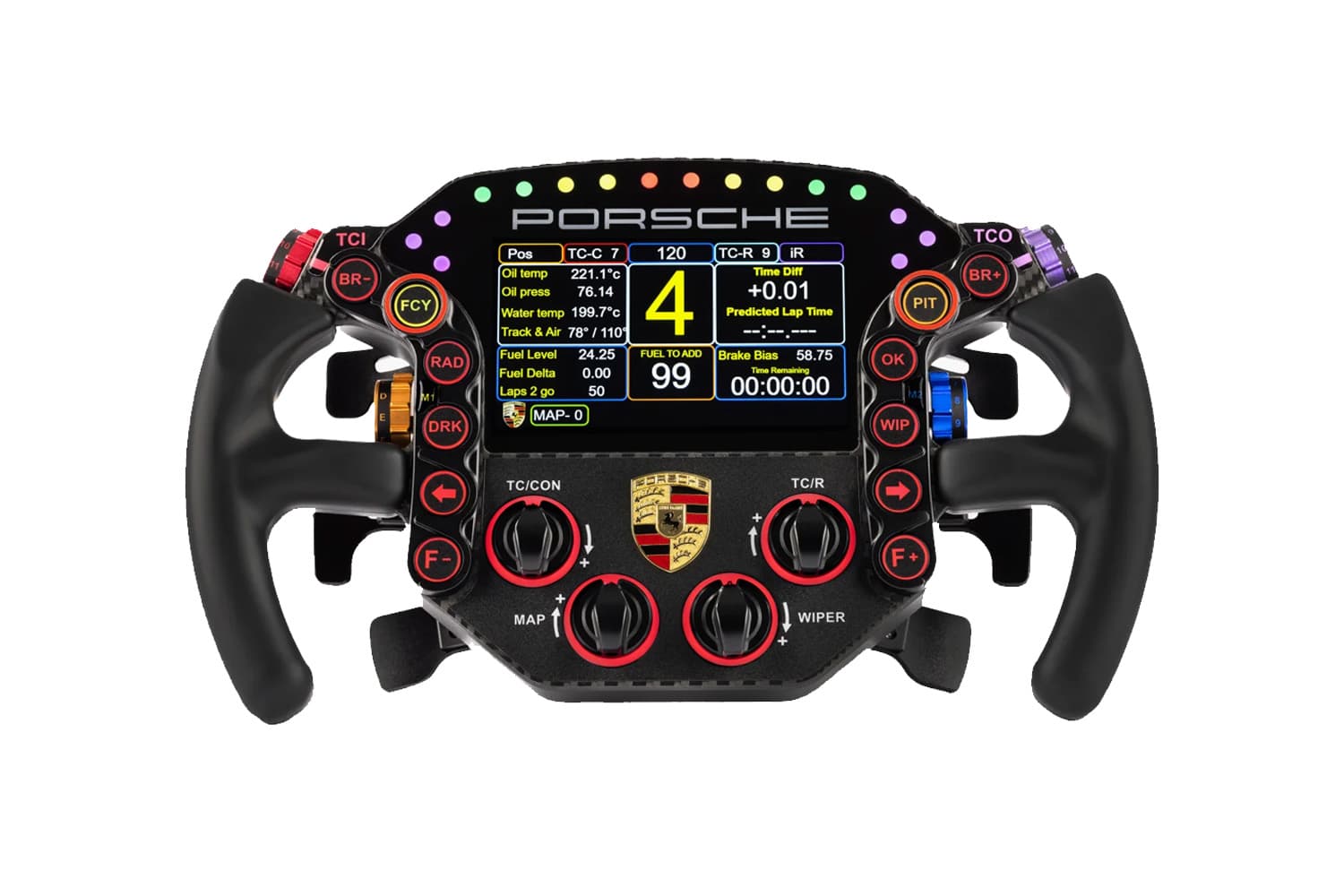
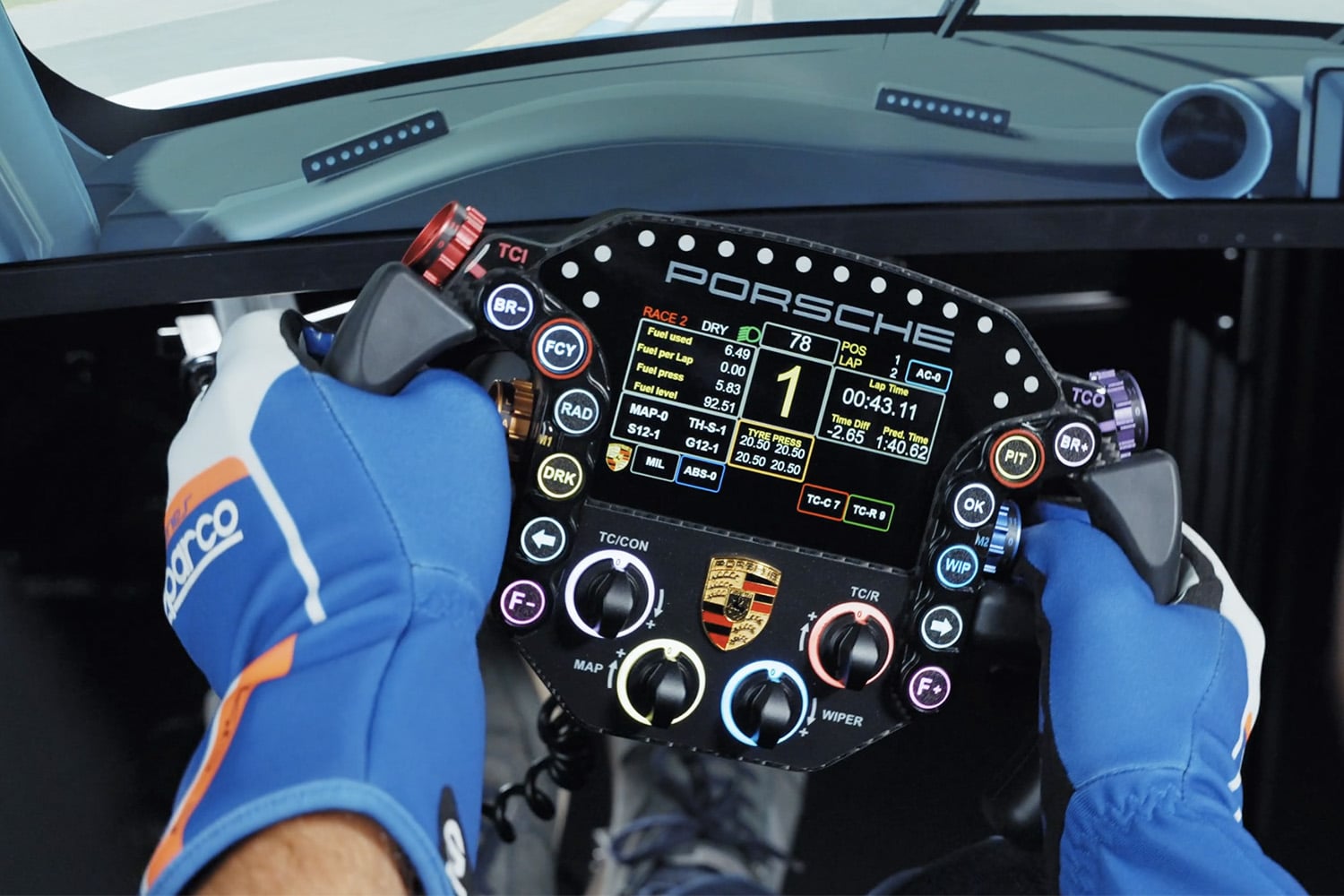
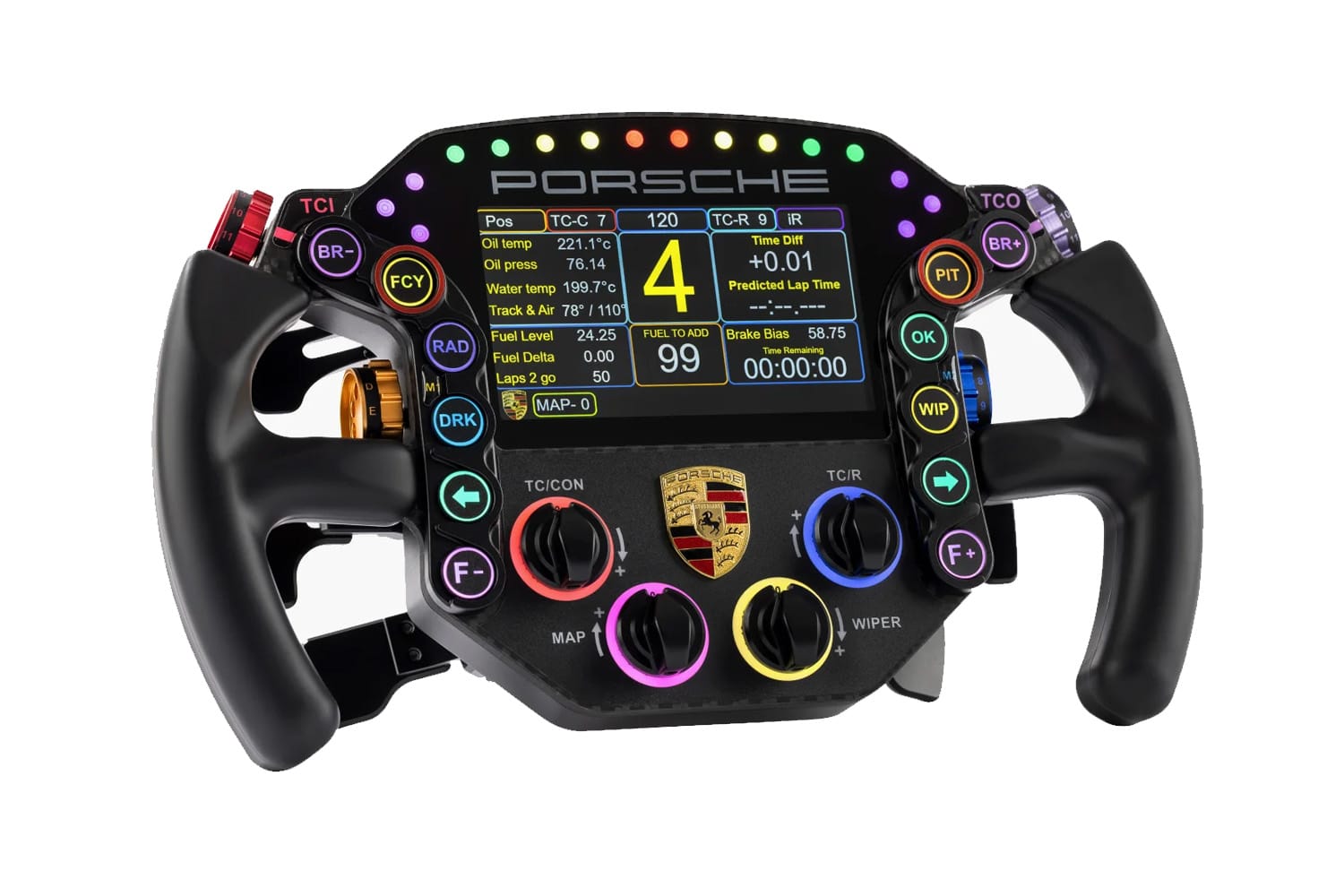
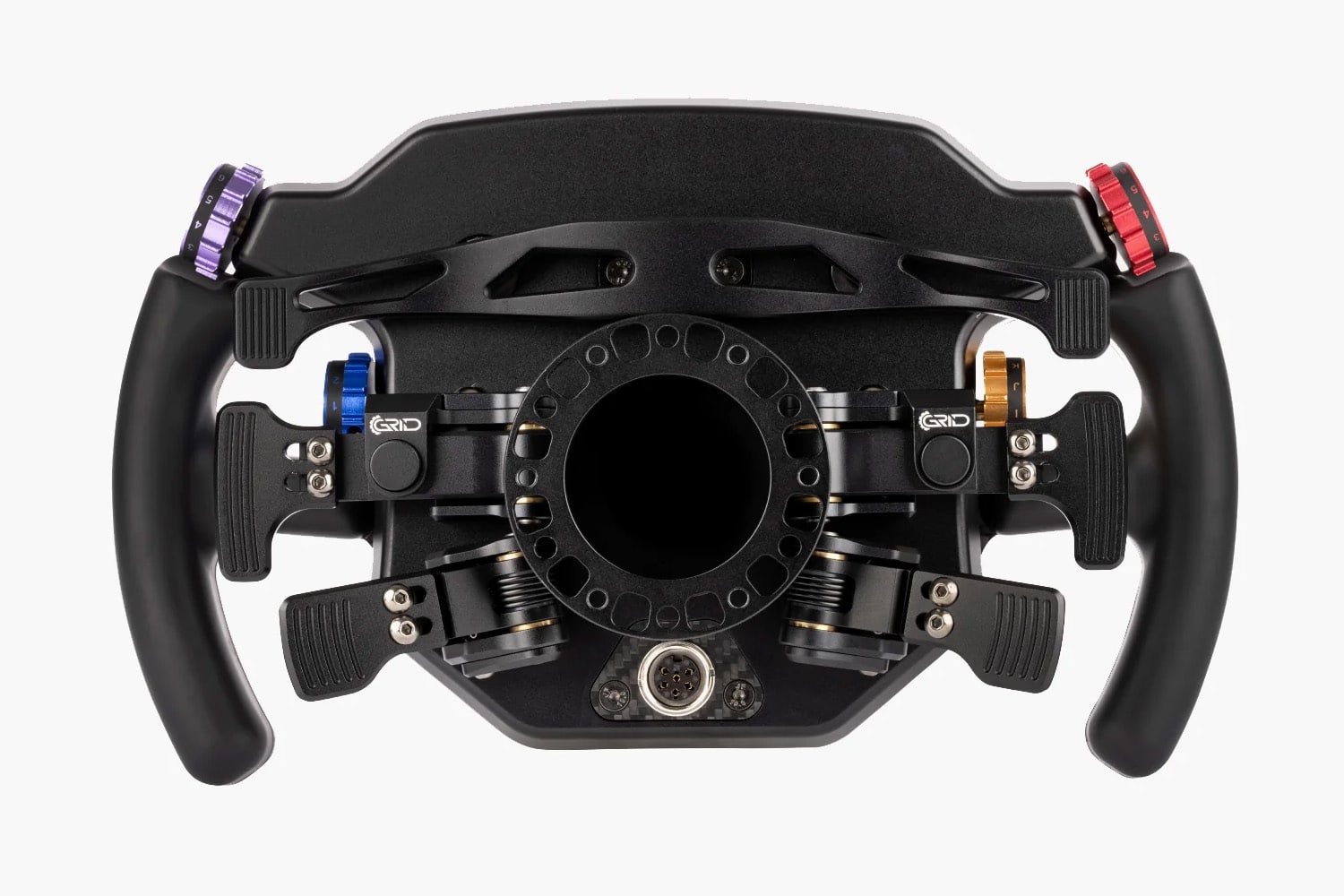
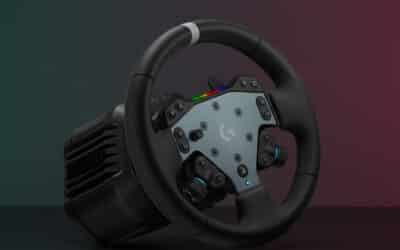

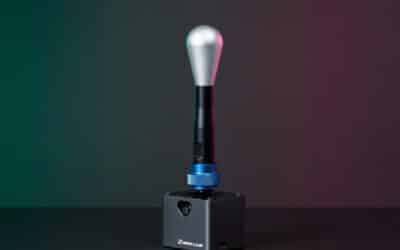
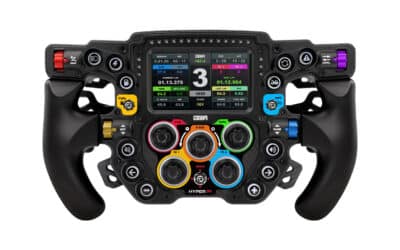
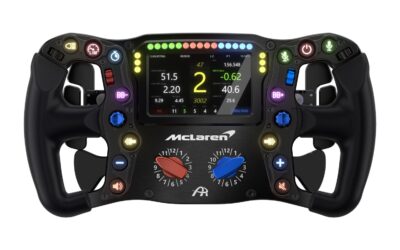
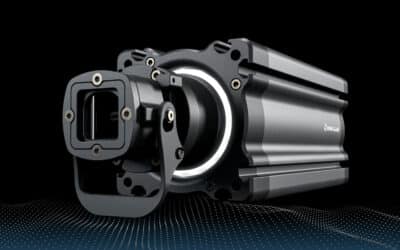
0 Comments